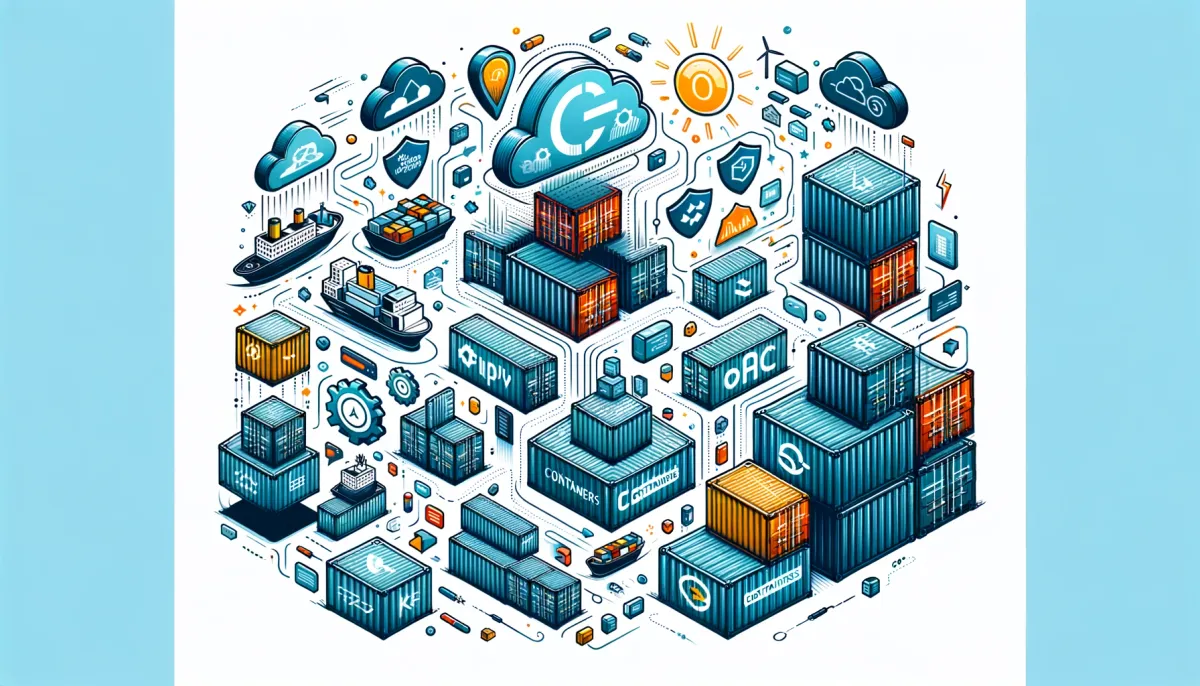Containers: Cloud Native Era in Infrastructure Management

In the infrastructure space, particularly with the rapid pace of migration to the cloud, the quest for efficiency, scalability, and reliability is never-ending. Enter the era of containerization, a revolutionary approach that has redefined how applications are developed, deployed, and managed. Although containers became popular with Docker, Kubernetes- an orchestration tool, also known as K8s, has become synonymous with container management at scale. This blog post aims to explain the intricacies of container technology and Kubernetes, explaining their role in transforming the infrastructure landscape.
The Container Paradigm
Containers have emerged as a lightweight, portable solution for application deployment. Imagine a container as a self-contained unit that packages the code, runtime, dependencies, and system tools required for an application to run. This encapsulation ensures that the application operates uniformly and consistently across any environment, be it a developer's laptop or a production server in the cloud.
The Core of Containers: Isolation and Efficiency
The magic behind containers lies in their ability to provide process isolation and resource efficiency, this is possible due to Linux features - namespaces and cgroups. Namespaces ensure process isolation, creating isolated environments for container processes, making them unaware of processes in other namespaces. Meanwhile, control groups (cgroups) manage resource allocation such as limiting memory and cpu usage, ensuring that each container uses only its fair share of resources, preventing any single container from monopolizing system resources.
This model contrasts with traditional virtual machines (VMs), which encapsulate not just the application and its dependencies but an entire guest operating system. While VMs offer robust isolation, they do come with the overhead, consuming more resources and requiring more time to start.
Kubernetes: Orchestrating Containers at Scale
Managing a handful of containers might seem straightforward, but as applications grow and evolve, the complexity of managing these containers increases exponentially. Kubernetes, an open-source platform developed by Google, addresses this challenge head-on. It provides a framework for automating the deployment, scaling, and operations of applications within containers across clusters of hosts.
Kubernetes introduces various concepts and components designed to maintain the desired state of applications and their environments.
Here are some basic Kubernetes components:
- Pods: The smallest deployable units in Kubernetes, usually encapsulating a single application instance.
- Deployments: High-level constructs that describe the desired state of applications, managing the creation and scaling of Pods.
- Services: Abstractions that define logical groups of Pods and policies to access them, providing stable IP addresses and load balancing.
Windows Containers:
While Kubernetes and containerization have roots in Linux, the concept of containers is not exclusive to Linux. Windows has embraced containers, adapting the technology to its ecosystem. Windows containers run on the Windows kernel, using Windows-specific constructs like Job Objects and server silos for isolation and resource management. This adaptation allows for the seamless development and deployment of Windows-based applications in containerized environments.
The Future Is Containerized
The adoption of containers and Kubernetes marks a significant shift in infrastructure management, offering unparalleled levels of efficiency, portability, and scalability. As we all adapt this containerized world, the boundaries of what can be achieved with these technologies continue to expand.
In subsequent posts, I will try to explore more advanced Kubernetes concepts, and discuss best practices for leveraging these technologies to their fullest potential.